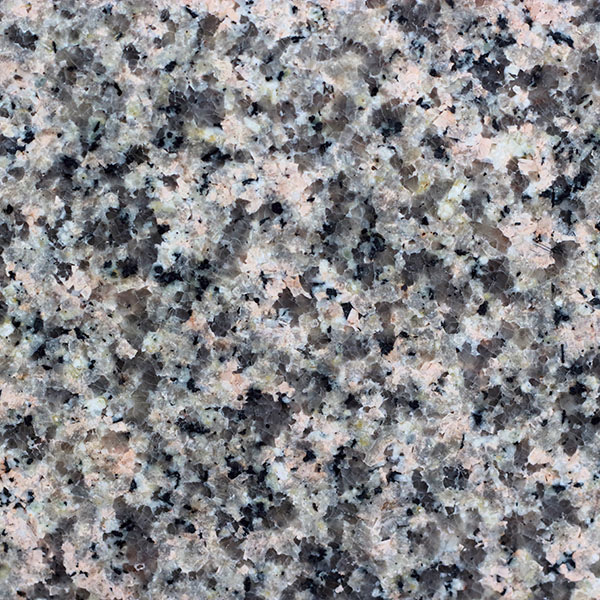Igneous << IHG nee uhs >> rock is rock formed by the crystallization and hardening of molten material that originates deep within Earth. This material, called magma, is usually a mixture of liquid, gases, and mineral crystals. Igneous rocks are one of the three major types of rocks. The other types are metamorphic rocks and sedimentary rocks. See Rock.

Scientists classify igneous rocks into two groups—extrusive (also called volcanic) and intrusive (also called plutonic). Extrusive rocks form when magma flows onto the surface of Earth or floor of the ocean and then cools and hardens. Intrusive rocks result when magma solidifies beneath Earth’s surface.
Extrusive igneous rocks are formed by magma that reaches Earth’s surface along fissures (deep cracks) and at volcanic vents. This magma that flows onto the surface is called lava. It forms broad flat sheets, or it may build up a volcanic shape by repeatedly erupting from a vent. Most types of lavas cool rapidly, resulting in the formation of rocks composed mainly of microscopic crystals. Some lavas cool so quickly that they form a smooth volcanic glass called obsidian. A porous volcanic glass called pumice results when gases bubble out of the solidifying lava.
Intrusive igneous rocks are found in mines and tunnels, or at the surface where they have been exposed by geological uplifting and by erosion. Intrusive rock formations vary from thin sheets to huge, irregular masses. Magma that forms intrusive rocks solidifies relatively slowly, and so most intrusive rocks have larger crystals than do extrusive rocks.

Two principal types of igneous rocks are basalt and granite. Basalt is an extrusive rock, and granite is an intrusive rock. Basalt consists chiefly of the silicate minerals plagioclase feldspar and pyroxene. Granite is composed mainly of quartz, alkali feldspar, and plagioclase feldspar. Basalt occurs on volcanic islands and makes up a large part of the oceanic crust, including mid-ocean ridges. Basalt is also found on continents. But the continents consist largely of granite and of metamorphic rocks that are formed from granite.
